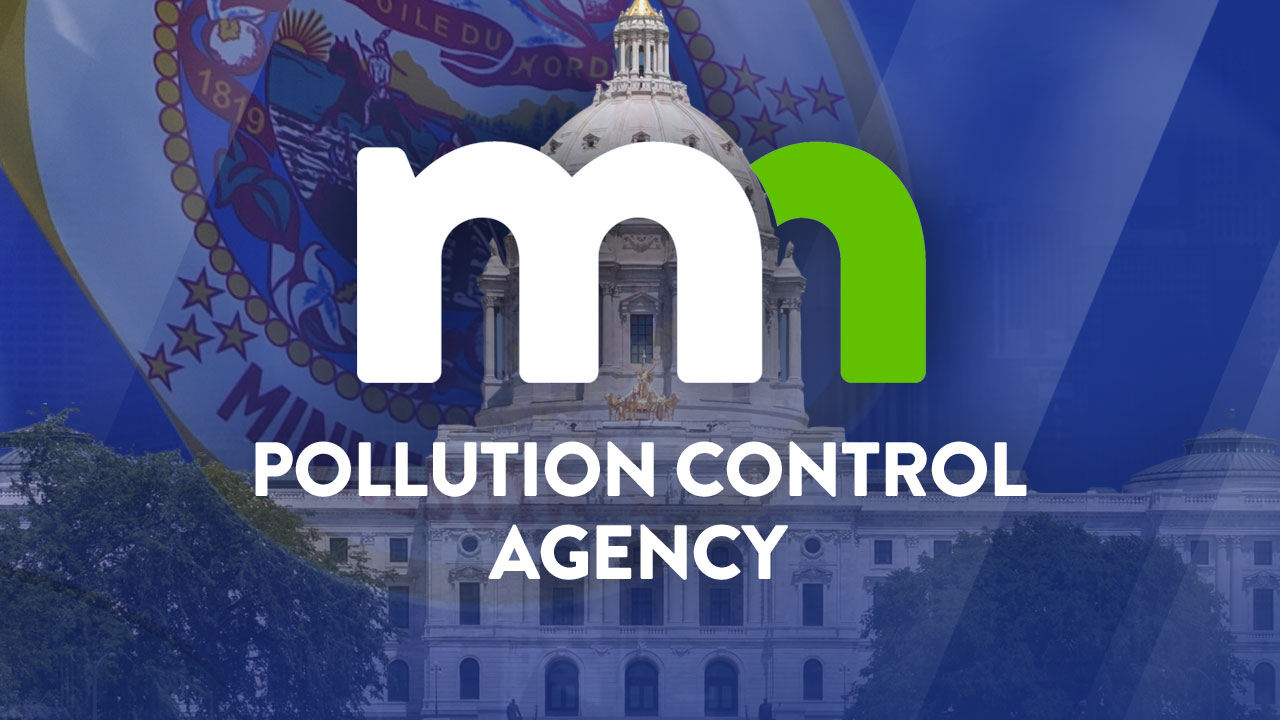New technology to help remove PFAS from water in Minnesota

The Minnesota Pollution Control Agency (MPCA) is rolling out new technology this fall that will help remove per- and polyfluoroalkyl substances (PFAS) from water, the agency announced Monday.
The MPCA explained it works in two steps. First, surface-activated foam fractionation (SAFF) injects outdoor air into the water, turning PFAS into foam that can be separated out. After the foam is removed, with PFAS levels down, the water is returned. Secondly, “the PFAS concentrate then goes to the DEFLUORO unit, a second technology where the carbon-fluorine bonds (the backbone of PFAS chemicals) are broken through electrochemical oxidation,” the agency noted in a media release.
According to the MPCA, Minnesota will be the first state in the U.S. to use this new technology to address ‘forever chemicals’ that contaminate water.
The MPCA says the state will use this new technology in the east metro as part of it’s ongoing work to address PFAS that affect drinking water for around 174,000 residents. The new technology is funded by money from the 3M settlement.
“This pilot project marks the beginning of a new era for PFAS clean-up in Minnesota,” said MPCA Commissioner Katrina Kessler in a press release. “This study will help us address PFAS contamination at the source and develop long-term solutions for cleaner water — ensuring safe drinking water for Minnesotans. We hope to eventually employ this technology around the state including in Greater Minnesota, where PFAS is a growing concern.”